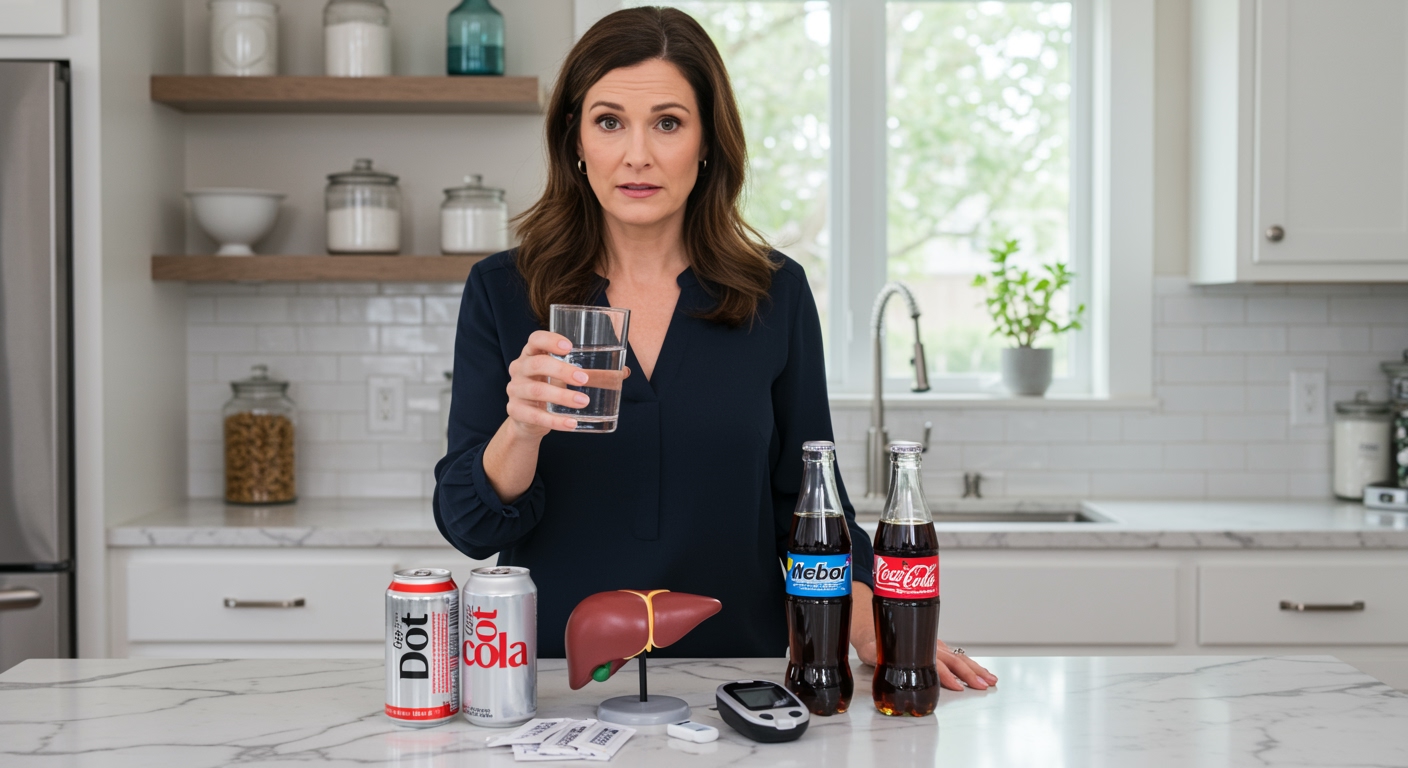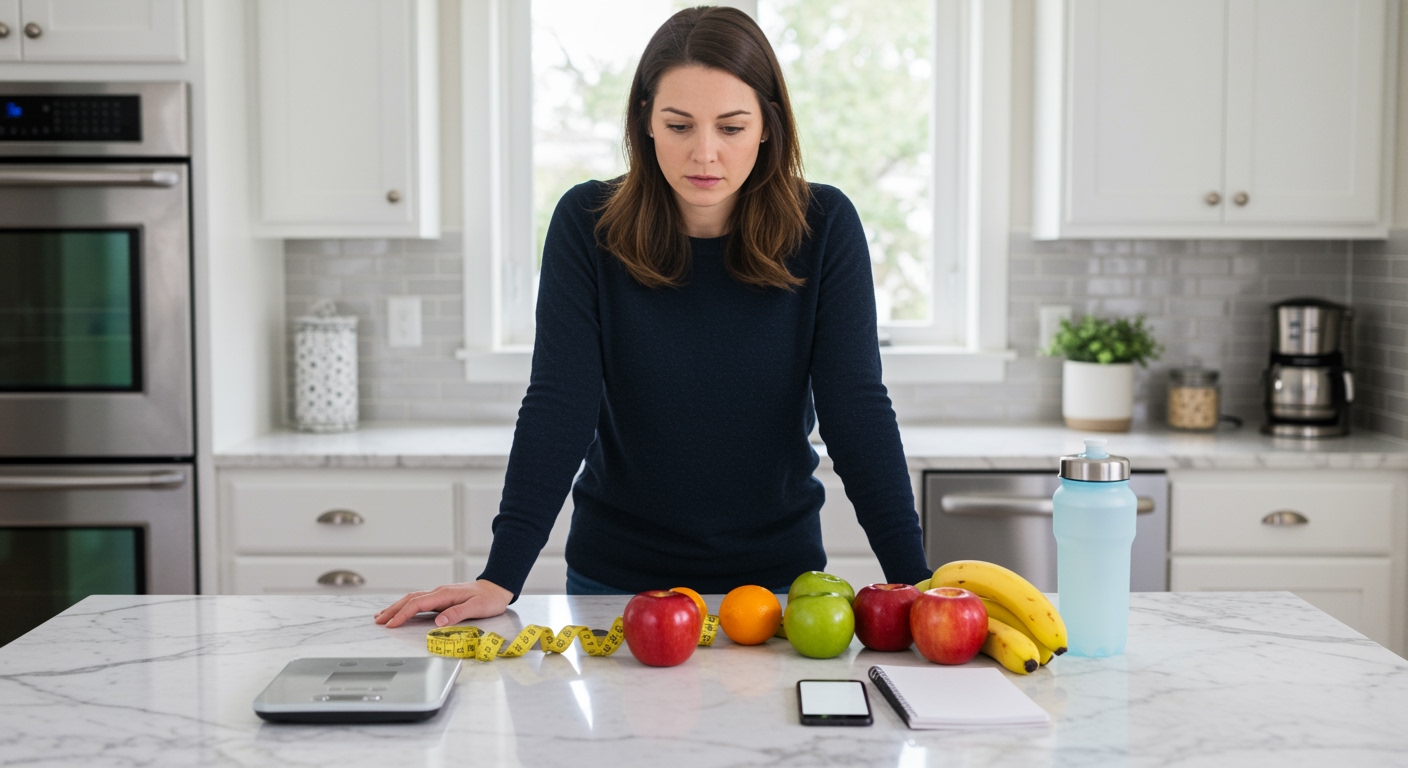✪ Key Highlight: Scientists discovered that POMC neurons in your brain release beta-endorphin when sugar appears, creating dessert stomach.
Introduction
You finish dinner and feel completely stuffed, but then someone mentions dessert and suddenly you find room for cake.
This mysterious phenomenon has puzzled people for generations, but German scientists at the Max Planck Institute finally cracked the code behind our so-called dessert stomach.
Hi, I’m Abdur, your nutrition coach and today I’m going to analyze this groundbreaking research that explains why your brain makes space for sweets even when your body says no.
What Did Scientists Discover About Dessert Stomach?
Researchers at the Max Planck Institute designed clever experiments using mice to understand this sugar craving mystery.
They made mice fast overnight, then allowed them to eat regular food for 90 minutes until they were completely satisfied.
After this full meal, the scientists offered the mice either more regular food or high-sugar options for an additional 30 minutes.
The results shocked everyone because even satiated mice still consumed sugary foods when given the chance.
This proved that dessert stomach is a real biological phenomenon, not just a lack of willpower or psychological trick.
The study was published in the prestigious journal Science, giving it significant credibility in the scientific community.
✪ Fact: Even mice that had never tasted sugar before showed this dessert stomach response when exposed to sweet foods.
How Does Your Brain Create Space For Dessert?
The secret lies in specialized nerve cells called POMC neurons located deep in your brain.
These neurons normally signal when you’re full and should stop eating, acting as your body’s natural satiety switch.
However, when sugar appears, these same neurons do something completely unexpected and release a chemical called beta-endorphin.
Beta-endorphin is one of your body’s natural opiates, similar to morphine but produced internally by your own nervous system.
This powerful chemical acts on other nerve cells with opiate receptors and creates intense feelings of reward and pleasure.
The amazing part is that the same brain cells responsible for telling you to stop eating also make you crave sugar and enjoy it intensely.
✪ Note: This opioid pathway only activated with sugar consumption, not with regular food or fatty foods.
Why Does This Brain Mechanism Only Work When Full?
Scientists took their research further by blocking the opioid pathway in the brain to see what would happen.
When they blocked this pathway, the full mice completely stopped eating extra sugar after their regular meal.
However, hungry mice continued eating sugar even when the pathway was blocked, showing this mechanism is satiety-specific.
This proves that dessert stomach is a special case that only happens when your body already has enough calories from regular food.
The brain’s reward system activated even before the mice actually ate the sugar, just from seeing or smelling it.
This anticipatory response explains why you start craving dessert the moment someone mentions it, even when you’re completely full.
✪ Pro Tip: Your brain starts releasing reward chemicals just from seeing dessert, making resistance much harder.
What Does This Mean For Weight Management?
This discovery has huge implications for understanding obesity and overeating in modern society.
From an evolutionary perspective, this brain mechanism made perfect sense when food was scarce and unpredictable.
Our ancestors who craved and consumed sugary foods after meals had survival advantages during times of food shortage.
Sugar provides quick energy, so storing extra calories from sweet sources helped humans survive harsh conditions.
Today, this ancient craving works against us because dessert is always available and we rarely face true food scarcity.
Scientists believe that finding ways to block or control this opioid response could help people resist dessert when already full.
✪ Fact: There is no actual anatomical second stomach for dessert – it’s purely a brain-driven phenomenon.
The Bottom Line
Your dessert stomach is completely real and happens because POMC neurons in your brain release beta-endorphin when sugar appears, overriding fullness signals.
Understanding your biology helps you make better choices, but it does not excuse poor choices – knowledge is power when used wisely.
I would love to hear your thoughts about this research and whether it changes how you think about dessert cravings, so please share your questions or experiences in the comments below.
References
At NutritionCrown, we use quality and credible sources to ensure our content is accurate and trustworthy. Below are the sources referenced in creating this article:
- PsyPost: Scientists discover surprising brain mechanism behind dessert stomach
- Max Planck Institute: Dessert stomach emerges in the brain
- SciTechDaily: Scientists Reveal Why You Still Have Room for Dessert Even When You’re Full
- Psychology Today: Ever Wonder Why You Can Always Find Room for Dessert?





